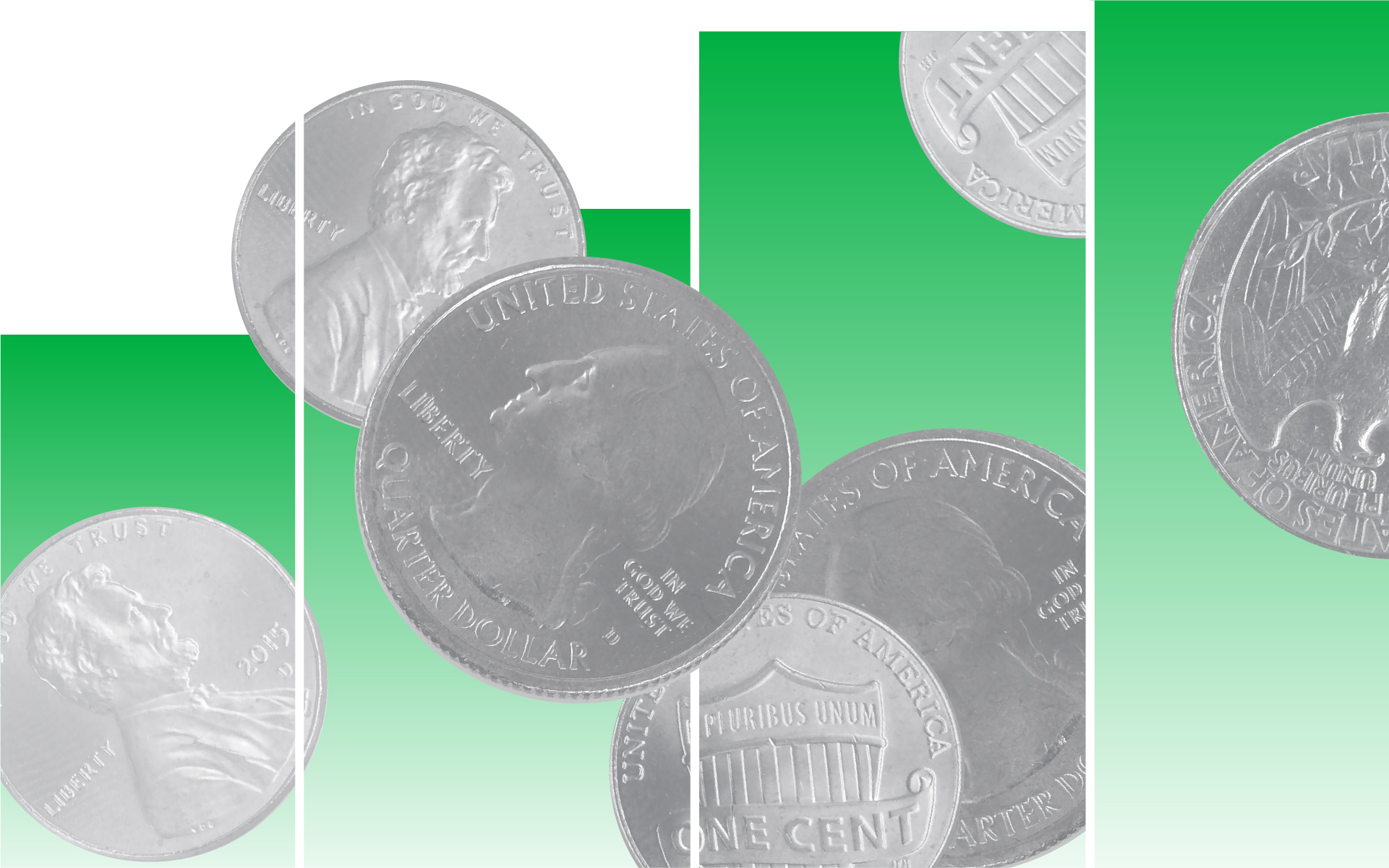
Recently, three years after first raising the alarm, the World Health Organization declared that COVID-19 no longer represents a global health emergency. While this is welcome news for most of the world, the stocks that were investor darlings through the pandemic – namely healthcare stocks involved in COVID testing and vaccinations – could potentially see earnings fall from earlier levels.
Steven Slaughter, portfolio manager of the Gold-rated Manulife GF – Healthcare Fund, has an eye on the looming earnings pressure. The fund, which is also distributed on the MPF scheme, has taken proactive steps to move away from stocks that could see precipitous drops in earnings, though he still owns some in his 50-stock portfolio.
Focus on Companies that Used Their Excess Cash Wisely
A recent focus of the fund was on how healthcare equipment and life sciences tools makers would continue to grow after the strong returns reaped during the pandemic. His investment case is that some of these companies have reallocated the excess cash for future growth through funding more pipeline projects, improving operational and manufacturing productivity, or even targeting mergers and acquisitions. Companies wouldn’t have been able to fund these growth areas previously without the additional cash flow.
“We take a long-term perspective, despite a one-year dip in earnings. If you can incrementally invest in your business and take advantage of good opportunities, that is a very logical place to allocate capital,” he said on a recent trip to Asia. Overall, he says the fund tends to buy established businesses with sustainable cash flows.
However, he also notes that while COVID is no longer a global health emergency, it does not mean all the effects of the virus have disappeared.
According to Slaughter, a developing set of studies suggests that patients who have recovered from COVID have adverse health outcomes in diseases, like cardiovascular disease, diabetes and even some central nervous system diseases, such as depression and Alzheimer's. Slaughter says: “Accordingly, we've reallocated some of our weightings in the portfolio with an over-index to some of those emerging higher prevalence disease states.”
Healthcare Companies Can Pass on Inflationary Costs
Despite a disappointing first quarter, Slaughter thinks healthcare companies should perform better going ahead, for two reasons.
First, these companies are able to pass on inflationary price increases. “Inflation's a risk clearly. But relative to other sectors, we believe that healthcare is incredibly well positioned to manage through potentially elevated inflation for a period of time which we have not seen for better part of 10 years.”
The second reason is the inelasticity of demand. He says: “If I fall and break my foot today.., there’s no price point lower, where I can get something else to fix my foot. There’s no alternative. It's not like paper towels where you can buy a cheaper one. That inelastic nature that people need healthcare products and services in good markets and in bad, in recessionary times and expansions, that's really unique.”
Innovators are Always a Good Bet
Innovation, especially in biotechnology is another thing on which to keep an eye.
“The beauty of our industry is with innovation we can find new investment opportunities despite that pressure coming out of the pandemic,” he says. “We focus on companies that are innovative.”
One such example is Eli Lilly (LLY)’s diabetes treatment drug Mounjaro. Less than a year after it was approved for sale, the medication has scooped US$ 569 million revenue in the first quarter of 2023. This, coupled with the announcement that the drug also finished clinical trial against obesity, led the company to revise its guidance for annual profit upwards, by 3.5%.
At the same time, investors are also counting on Novo Nordisk to stage a similar success with its diabetes medication Ozempic. “This drug can lower your body weight upwards of 15 or 20%, if you take a shot once a week.”
Slaughter continues: “When we did the research on Eli Lilly, we found this really looks like a good drug. We bought a bunch of Eli Lilly in 2018 and then rounded it up late-2018 when the data came out. The trials continued and the drug got out there in the real world.”
At the end of April 30, Eli Lilly and Novo represent 7.5% and 5.9% of the Manulife fund’s assets, respectively.
With Eli Lilly’s stock as his highest conviction call, he says: “We never seen anything like this. Mounjaro has been the fastest launches in the history of our industry. On Tiktok, Instagram, and all of the various platforms, people are talking about how much weight they lost. The positive reinforcement of people seeing that weight loss when they stand in the mirror and then talking about it leads to demand that the companies couldn't have anticipated.”
China Has Innovators, But Valuations Are Off-putting
Currently, the portfolio has less than 1% exposure to China. The minimal exposure isn’t due to a lack of good innovators from the country, but more to valuation concerns.
Slaughter says: “We’re looking very closely at several companies and continue to track basic research capability within China.”
One of the Chinese companies that is on his radar is developing treatment for chronic lymphocytic leukemia, which is diagnosed when bone marrow makes too many of a certain type of white blood cell. “But when we did our valuation work, it was higher than fair value in our eyes,” he said. The stock (along with others that he considers overvalued) remain on his watch list.
Expect the Universe of China-Based Healthcare Companies to Grow
In the meantime, Slaughter expects the fund’s overall weighting in Chinese companies to climb over time and explains: “Driven by our research process, we are by design looking more China because there’s better research being conducted in China today than ever before.”
“Certain Chinese companies may not have global commercialization interest. They probably could build out capabilities to sell in the U.S. or Europe or elsewhere, but often times they want to focus on that which they're really good at, which is research.”
That’s where foreign partners step in. He continues: “They might partner with Merck or Pfizer, and do a geographic split on a really interesting asset, such that they maintain commercial rights in China and Asia, broadly. And they might outsource the commercialization of a drug to one of these other established companies. We think those synergies are important.”
He expects some Chinese innovative biotech names to end up on the MSCI global healthcare benchmark index.












.png)



.jpg)





